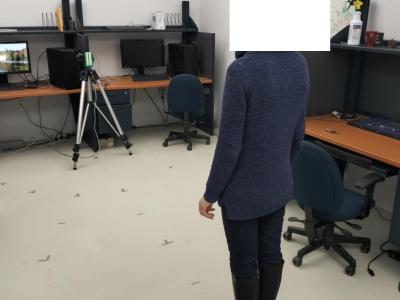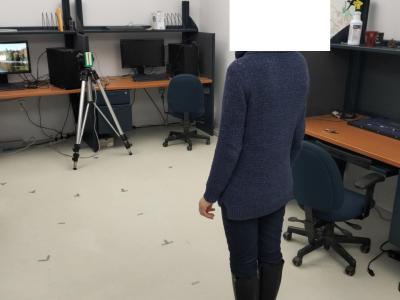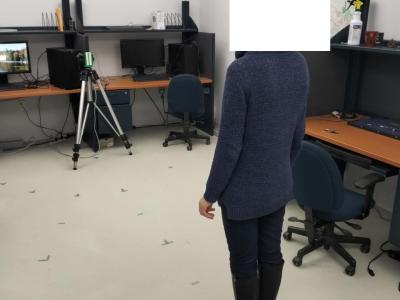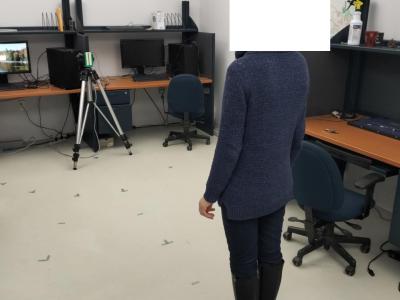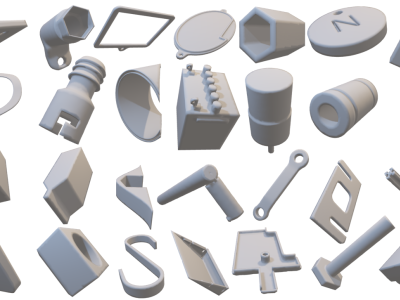
We present TriviaQA, a challenging reading comprehension dataset containing over 650K question-answer-evidence triples. TriviaQA includes 95K question-answer pairs authored by trivia enthusiasts and independently gathered evidence documents, six per question on average, that provide high quality distant supervision for answering the questions.
- Categories:
